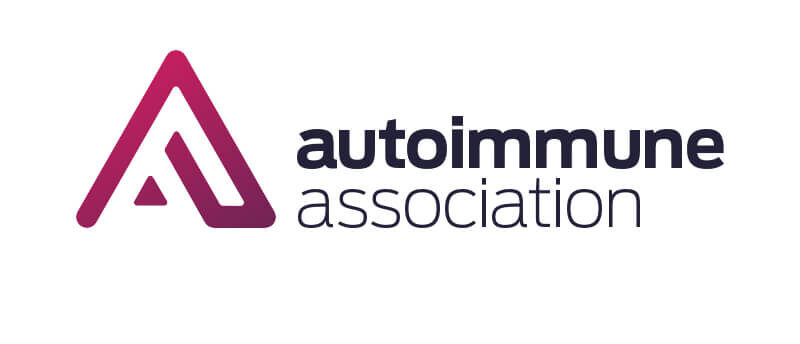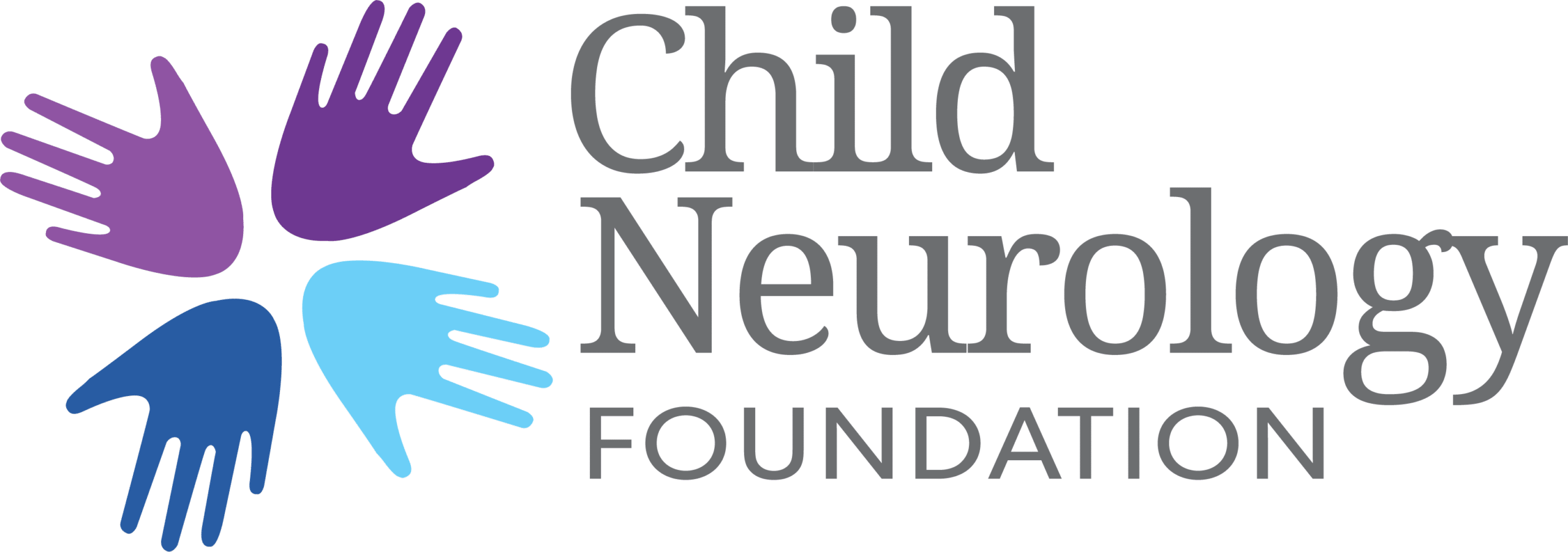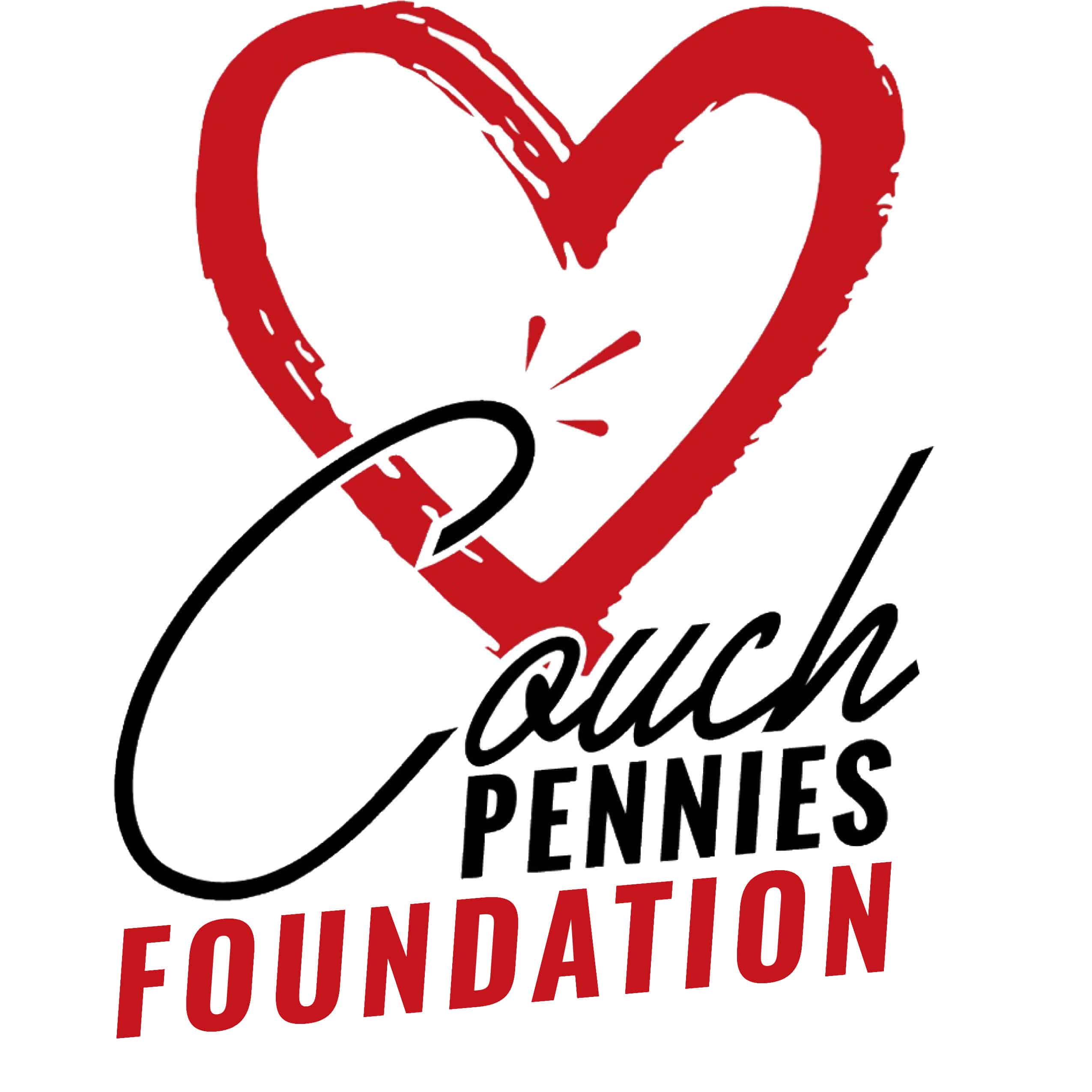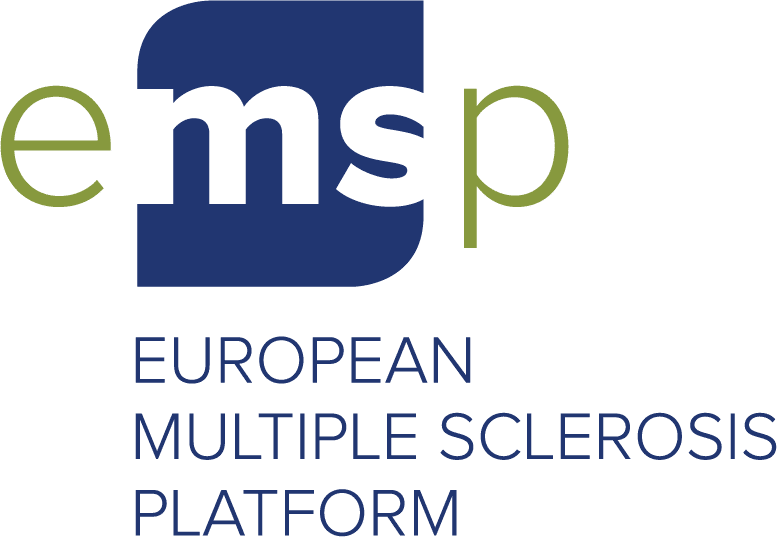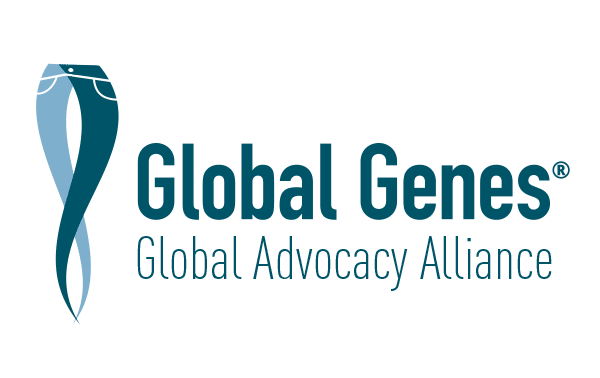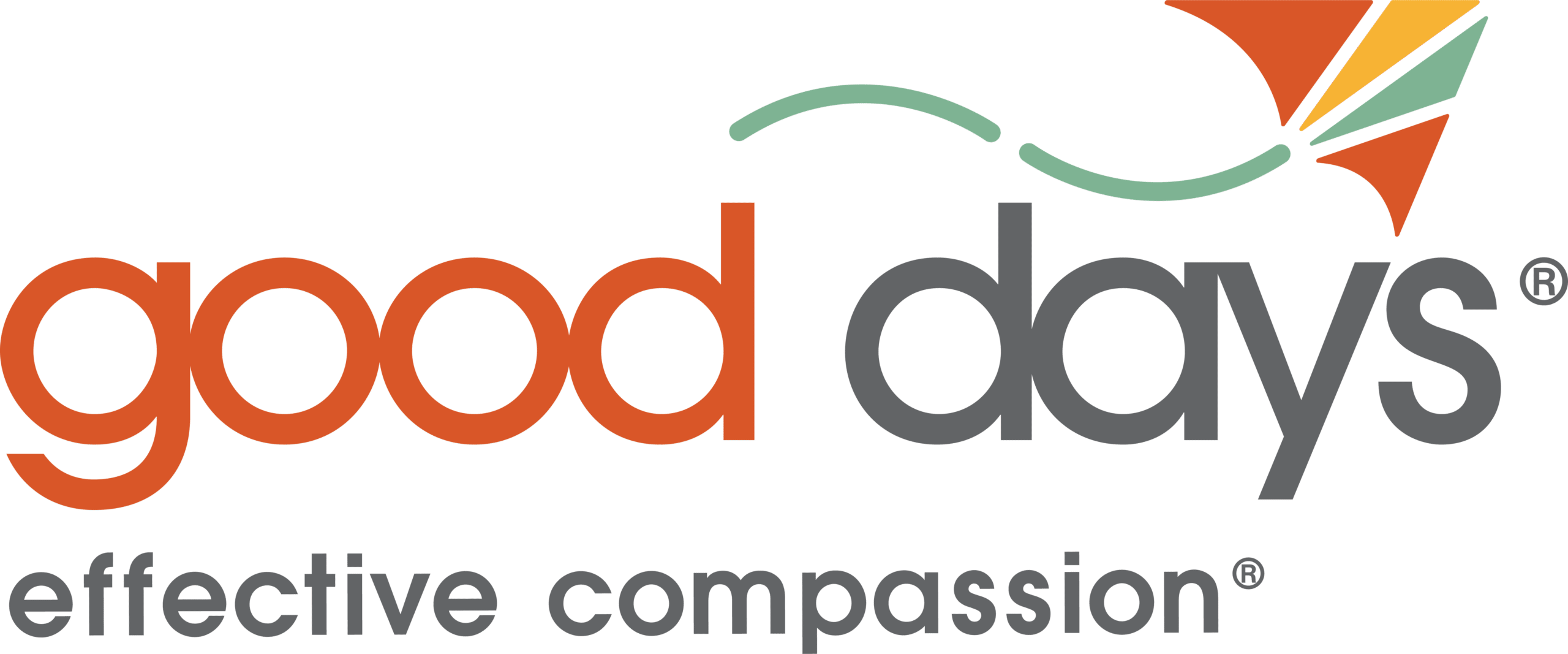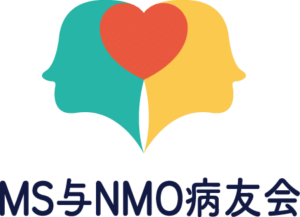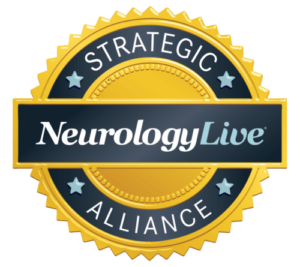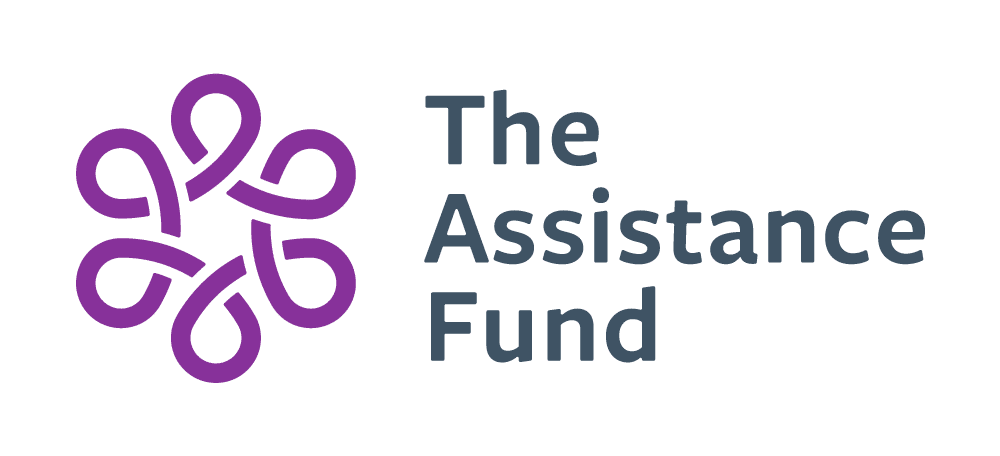Home » Research Summaries » Search Results
Archives: Research Summaries
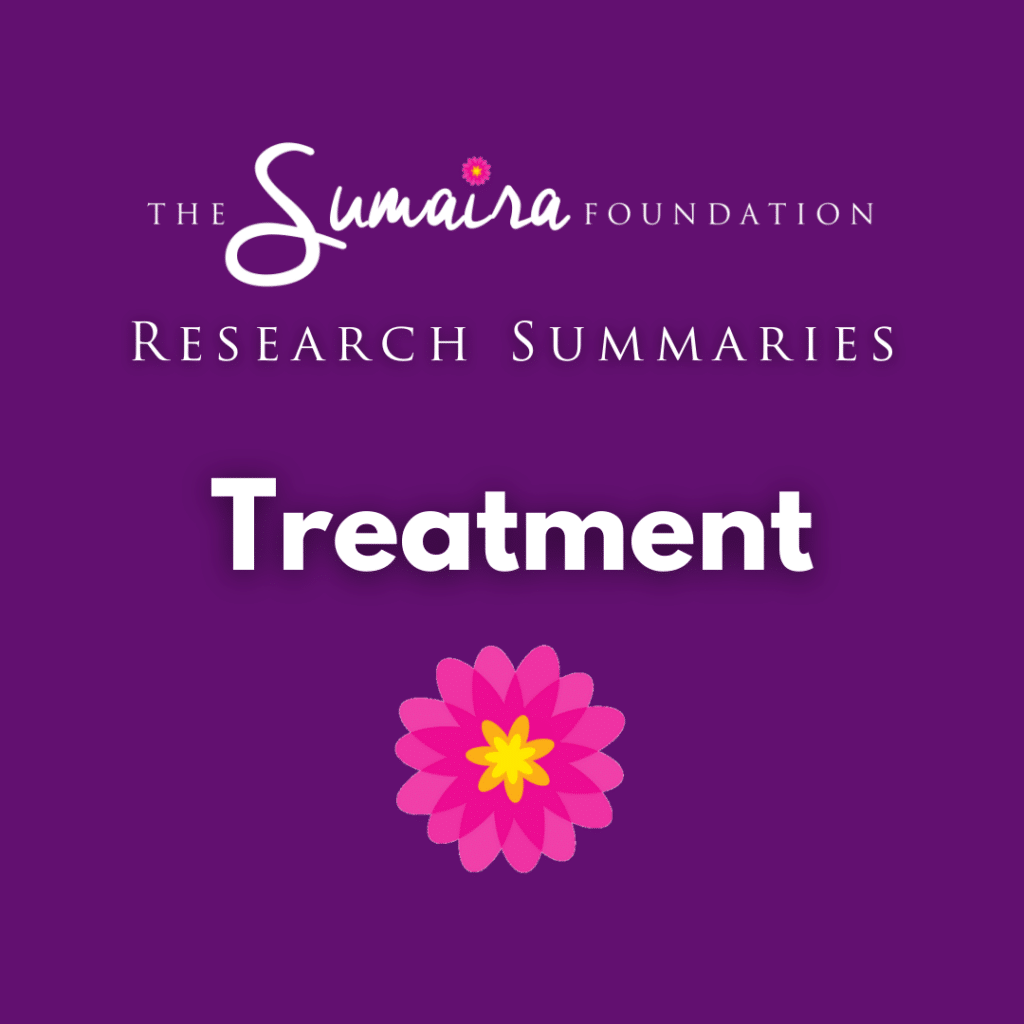
Journal: Annals of Indian Academy of Neurology; January 11, 2022
Author(s): Varsha A Patil, Saurabh N Kamat, Jamshed A Lalkak and Bhim Singhal
Effectiveness and safety of rituximab in MS, NMOSD, and MOGAD
In this retrospective study of 61 MS, 37 NMOSD, and 4 MOGAD patients in India, rituximab treatment eliminated relapses in 97% of MS, 67% of NMOSD, and 50% of MOGAD patients over the study duration of June 2008 to January 2020. The disability scores improved in some MS patients but remained constant in NMOSD and MOGAD patients. The study concluded that rituximab is effective and safe in Indian patients with MS and NMOSD.
Free Access: Full text
Read the Full Text
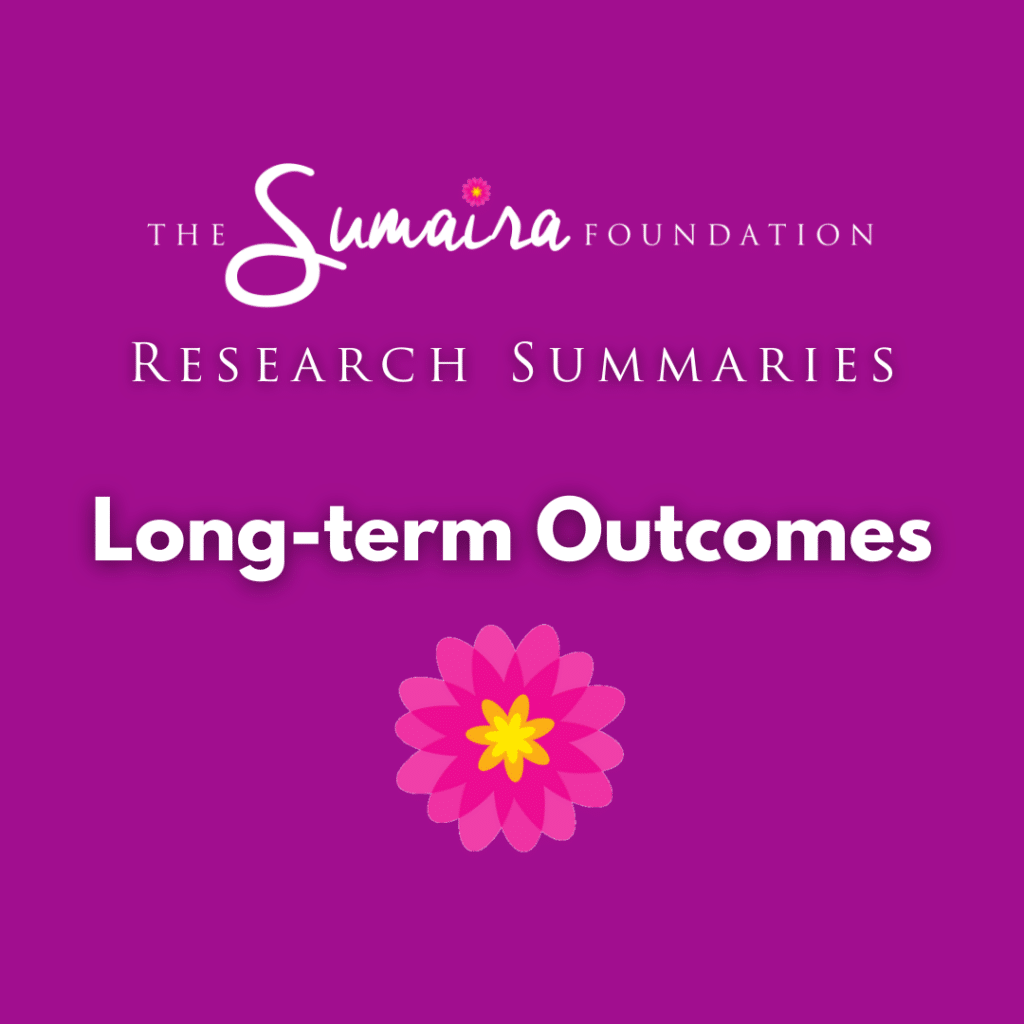
Journal: Neurology; August 31, 2022
Author(s): Paula Barreras, Eleni S Vasileiou, Angeliki G Filippatou, Kathryn C Fitzgerald, Michael Levy, Carlos A Pardo, Scott D Newsome, Ellen M Mowry, Peter A Calabresi and Elias S Sotirchos
Long-term effectiveness and safety of Rituximab in NMOSD and MOGAD
Although not an FDA-approved therapy for NMOSD, rituximab is widely used as an off-label therapy for relapse prevention in NMOSD and MOGAD patients. This study evaluated long-term outcomes of rituximab treatment for 111 NMOSD patients who tested positive for antibodies against aquaporin-4 (seropositive patients) and for 23 MOGAD patients. The results show that provided the treatment protocol is followed well, rituximab reduces the annual relapse rate substantially in seropositive NMOSD patients but not as robustly in MOGAD patients. Significant cases of infections were noted among patients, highlighting the need for careful monitoring of infections in patients under rituximab treatment.
Free Access: Abstract only
Read the Abstract
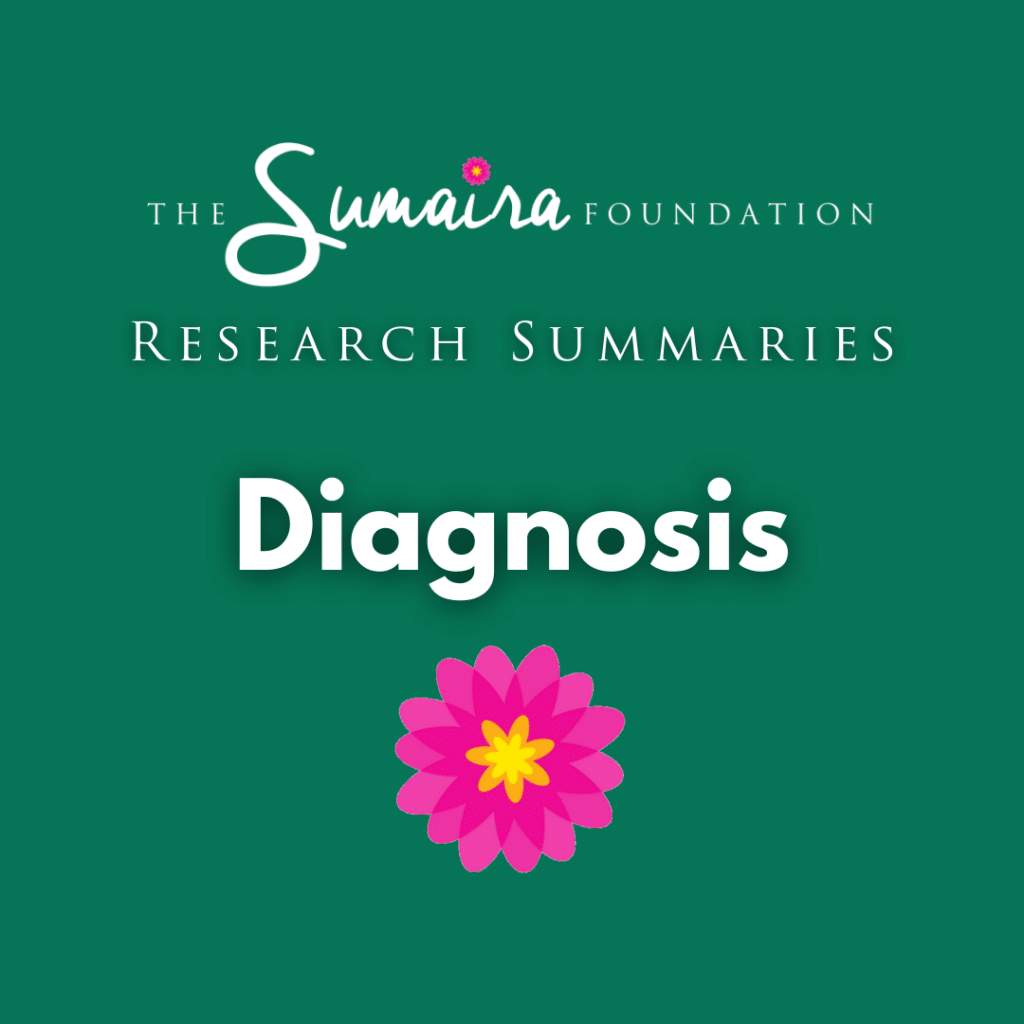
Journal: Frontiers in Immunology; August 29, 2023
Author(s): Lekha Pandit, Anitha D’Cunha, Chaithra Malli and Akshatha Sudhir
Comparison of two diagnostic tests for MOGAD in an Indian population
The diagnosis of MOGAD poses many clinical challenges because the disease has many features similar to MS and NMOSD. This study compared two diagnostic techniques for MOGAD – (a) a live cell-based assay (LCBA) that is more expensive and requires more technical skills and infrastructure and a fixed cell-based assay (FCBA) that is commercially developed, cost-effective, and easier to conduct at scale. Whereas some earlier studies have shown that the LBCA is more effective and accurate than the FCBA for MOGA diagnosis, this study showed that the diagnostic value of both assays were similar. In India where this study was done, most patients are uninsured and medical costs are managed out-of-pocket, so these results offer hope for more cost-effective diagnostic screening at scale.
Free Access: Full text
Read the Full Text

Journal: JAMA Neurology; May 1, 2022
Author(s): John J Chen, Saif Huda, Yael Hacohen, Michael Levy, Itay Lotan, Adi Wilf-Yarkoni, Hadas Stiebel-Kalish, Mark A Hellmann, Elias S Sotirchos, Amanda D Henderson, Sean J Pittock, M Tariq Bhatti, Eric R Eggenberger, Marie Di Nome, Ho Jin Kim, Su-Hyun Kim, Albert Saiz, Friedemann Paul, Russell C Dale, Sudarshini Ramanathan, Jacqueline Palace, Valentina Camera, Maria Isabel Leite, Byron L Lam, Jeffrey L Bennett, Sara Mariotto, Dave Hodge, Bertrand Audoin, Elisabeth Maillart, Romain Deschamps, Julie Pique, Eoin P Flanagan and Romain Marignier
IVIG for relapse prevention in adult MOGAD patients
In this retrospective study of records of 59 adult patients with MOGAD, long-term IVIG treatment was found to significantly reduce the annual relapse frequency. These results need to be validated in large-scale clinical trials.
Free Access: Full text
Read the Full Text

Journal: Neurology; April 25, 2023
Author(s): Nanthaya Tisavipat, Adi Wilf-Yarkoni, Eoin Flanagan, Vyanka Redenbaugh, Yoel Schwartzmann, Mark Hellmann, Assaf Tolkovsky, Hadas Stiebel-Kalish, Itay Lotan, Michael Levy, Rebecca Salky, Adi Vaknin-Dembinsky, Esther Ganelin-Cohen, Alfonso Lopez, Sean Pittock and John Chen
Long-term outcomes in MOGAD patients not receiving any immunotherapy apart from steroids
In this retrospective study, medical charts of 55 MOGAD patients were reviewed. The patients included (1) were diagnosed with MOGAD, (2) had visited one of the hospitals participating in the study, and (3) had not been on any immunotherapy other than steroids for at least the 3-year observation period. The results showed that without long-term immunotherapy, some MOGAD patients had relapses, but overall did not have a significant decline in their disability scores or visual acuity.
Free Access: Abstract only
Read the Abstract

Journal: Multiple Sclerosis Journal; July 10, 2023
Author(s): Itay Lotan, John J Chen, Yael Hacohen, Omar Abdel-Mannan, Sara Mariotto, Saif Huda, Emily Gibbons, Adi Wilf-Yarkoni, Mark A Hellmann, Hadas Stiebel-Kalish, Sean J Pittock, Eoin P Flanagan, Negar Molazadeh, Monique Anderson, Rebecca Salky, Gabriela Romanow, Patrick Schindler, Ankelien Solveig Duchow, Friedemann Paul and Michael Levy
Effectiveness of IVIG treatment for acute attacks in MOGAD
In this retrospective study, case details of 39 MOGAD patients (53.8% female, median age 23 years) who had been treated with intravenous immunoglobulins (IVIG) were reviewed to assess the therapeutic benefit of IVIG. The results showed that IVIG treatment improved the patients’ disability scores and visual acuity. IVIG may be an effective treatment option for acute MOGAD attacks. Larger-scale clinical trials are needed to validate these results.
Free Access: Abstract only
Read the Abstract

Journal: Journal of Neuro-Ophthalmology; September 1, 2022
Author(s): Bart K. Chwalisz and Michael Levy
Acute and long-term treatment of MOGAD
This study reviews previously published studies on acute treatment of MOGAD with corticosteroids and adjunct therapies, such as intravenous immunoglobulin (IVIG) and plasma exchange; discusses the value of prolonged corticosteroid tapering after acute attacks; and summarizes the long-term therapies available for MOGAD, including chronic low-dose corticosteroids, classic antirheumatic immune suppressants, biologic agents, and IVIG. While acute MOGAD attacks are usually treated with high-dose IV corticosteroids, longer oral corticosteroid tapers may prevent rapid relapse. Multiple long-term treatment strategies are being used for recurrent MOGAD, with IVIG emerging as probably the most effective therapy.
Free Access: Full text
Read the Full Text
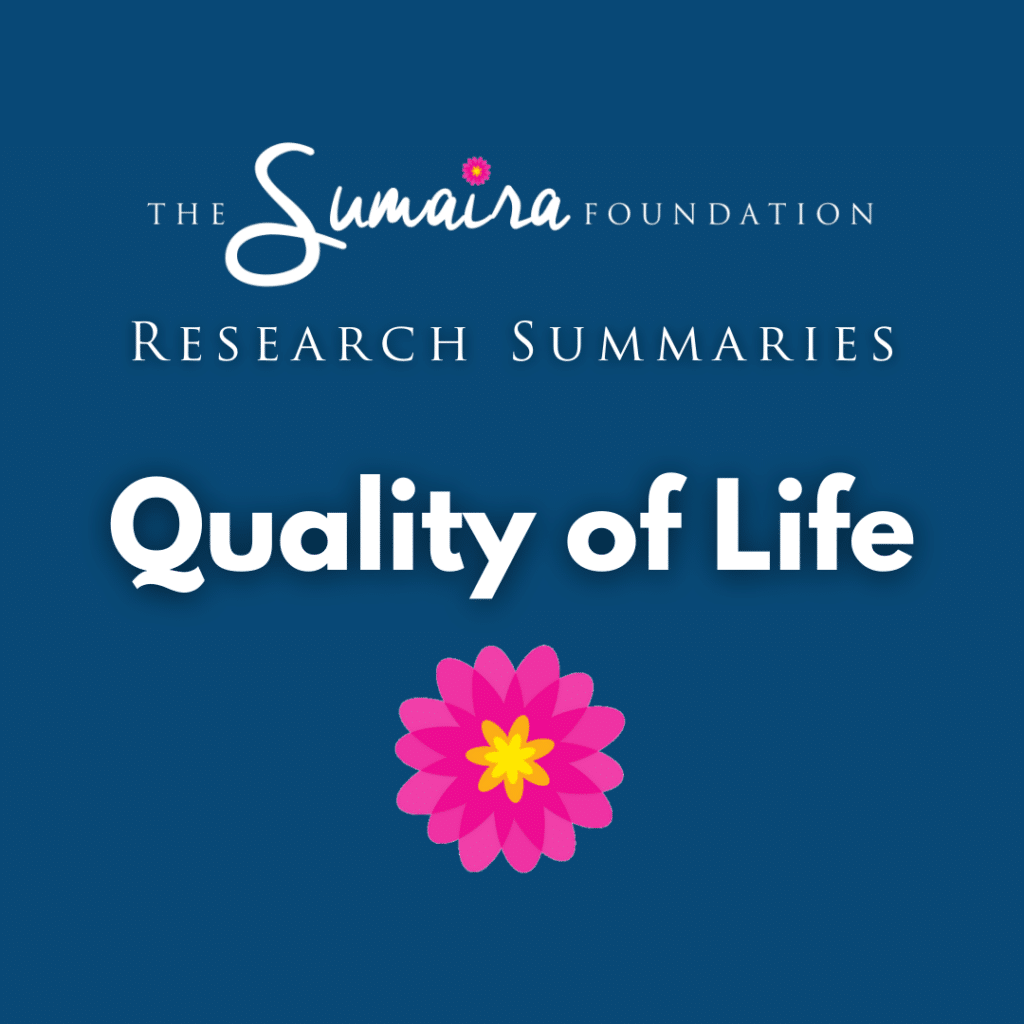
Journal: Neurology and Therapy; November 13, 2021
Author(s): Dean M. Wingerchuk, Ina Zhang, Adrian Kielhorn, Minying Royston, Michael Levy, Kazuo Fujihara, Ichiro Nakashima, Imran Tanvir, Friedemann Paul, and Sean J. Pittock
Comparison of FDA-approved treatments for NMOSD patients
Many patients with NMOSD produce antibodies against a protein called aquaporin-4 (seropositive patients). This study used prior publications and exiting data to compare three drugs (eculizumab, inebilizumab, and satralizumab) that have been approved by the US Food and Drug Administration for the treatment of seropositive adult patients. While all three drugs are safe and shown to prevent relapses in clinical trials, this study suggests that eculizumab was the most efficacious in preventing relapses when compared with inebilizumab or satralizumab. These findings may help inform decision-making around NMOSD treatment to prevent relapses in seropositive adult patients.
Free Access: Patient access to full text via email
Read the Full Text

Journal: Neurology; July 14, 2015
Author(s): Dean M. Wingerchuk, Brenda Banwell, Jeffrey L. Bennett, Philippe Cabre, William Carroll, Tanuja Chitnis, Jérôme de Seze, Kazuo Fujihara, Benjamin Greenberg, Anu Jacob, Sven Jarius, Marco Lana-Peixoto, Michael Levy, Jack H. Simon, Silvia Tenembaum, Anthony L. Traboulsee, Patrick Waters, Kay E. Wellik and Brian G. Weinshenker
Diagnostic criteria for NMOSD
Patients with NMOSD often go several years without an accurate diagnosis. The International Panel for NMO Diagnosis (IPND) was convened to develop consensus diagnostic criteria for NMOSD. Most NMO patients test positive in a blood test for serum antibodies against a protein called aquaporin-4 (seropositive patients), but some do not (seronegative patients). This landmark paper puts forth the IPND diagnostic criteria, which provide a decision-making framework for diagnosis of both seropositive and seronegative patients.
The criteria include specific clinical features that can be determined on clinical examination; specific brain and spinal cord patterns detectable on an MRI; and specific results in blood tests; and red flags that are not typical in NMOSD (indicating a possible alternative diagnosis). Patients seeking a diagnosis may direct their neurologist to this paper and discuss their own case based on these criteria.
Free Access: Full Text
Read the Full Text
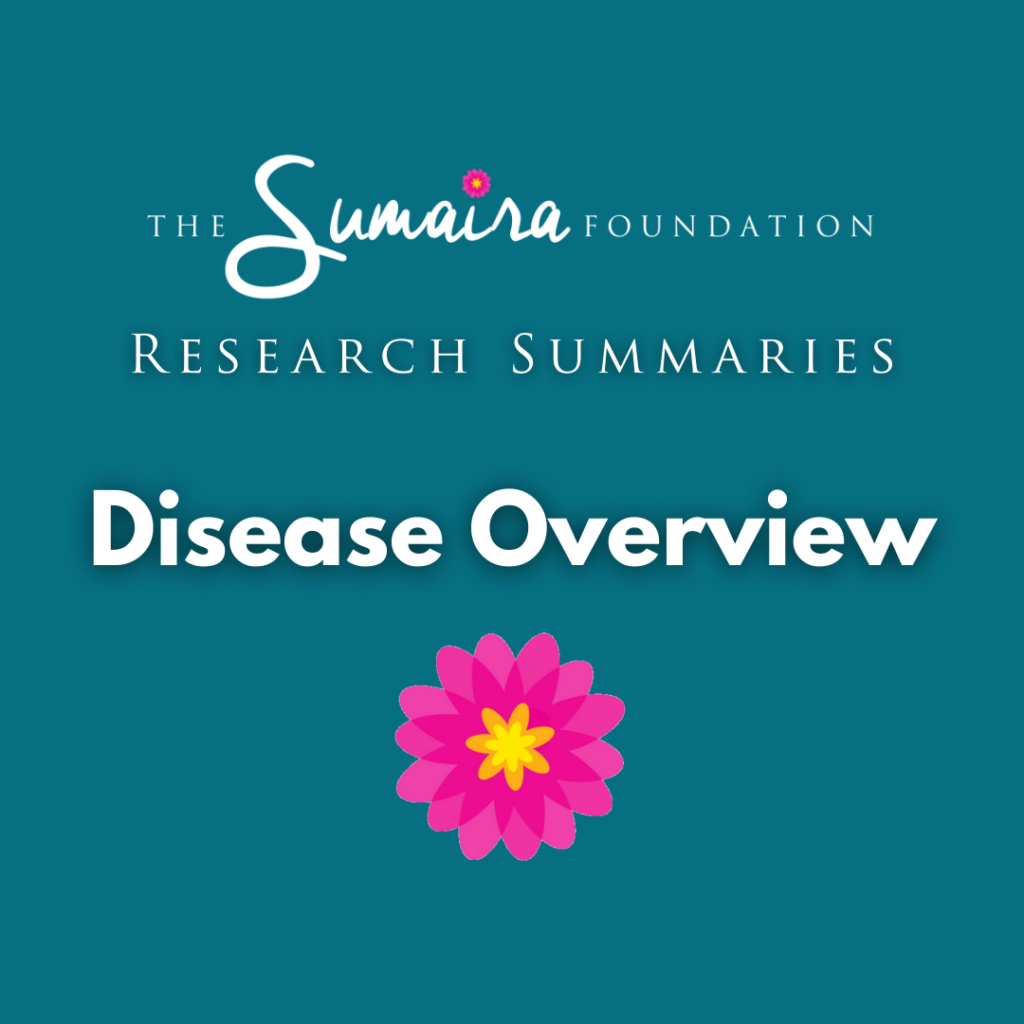
Journal: Nature Reviews Disease Primers; October 22, 2020
Author(s): Sven Jarius, Friedemann Paul, Brian G. Weinsheinker, Michael Levy, Ho Jin Kim and Brigitte Wildemann
NMOSD overview
This article provides a snapshot overview of NMOSD, how it develops and manifests, which types of people and populations it is more likely to affect, and how it can be diagnosed and managed.
Free Access: Abstract only
Read the Abstract












